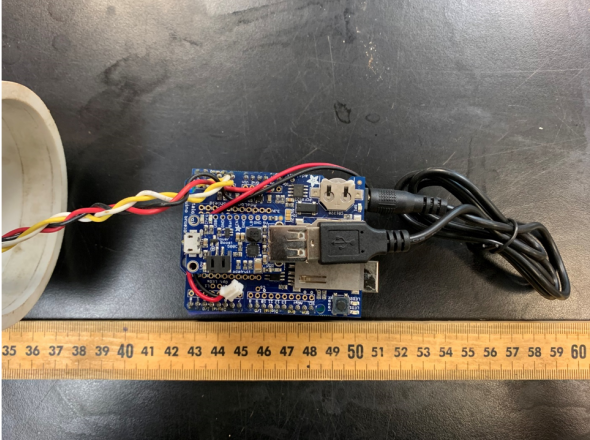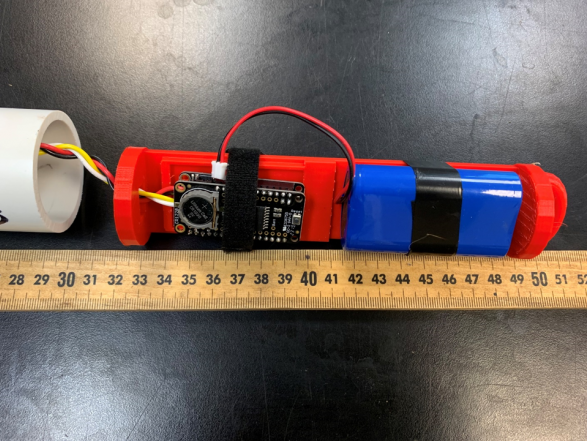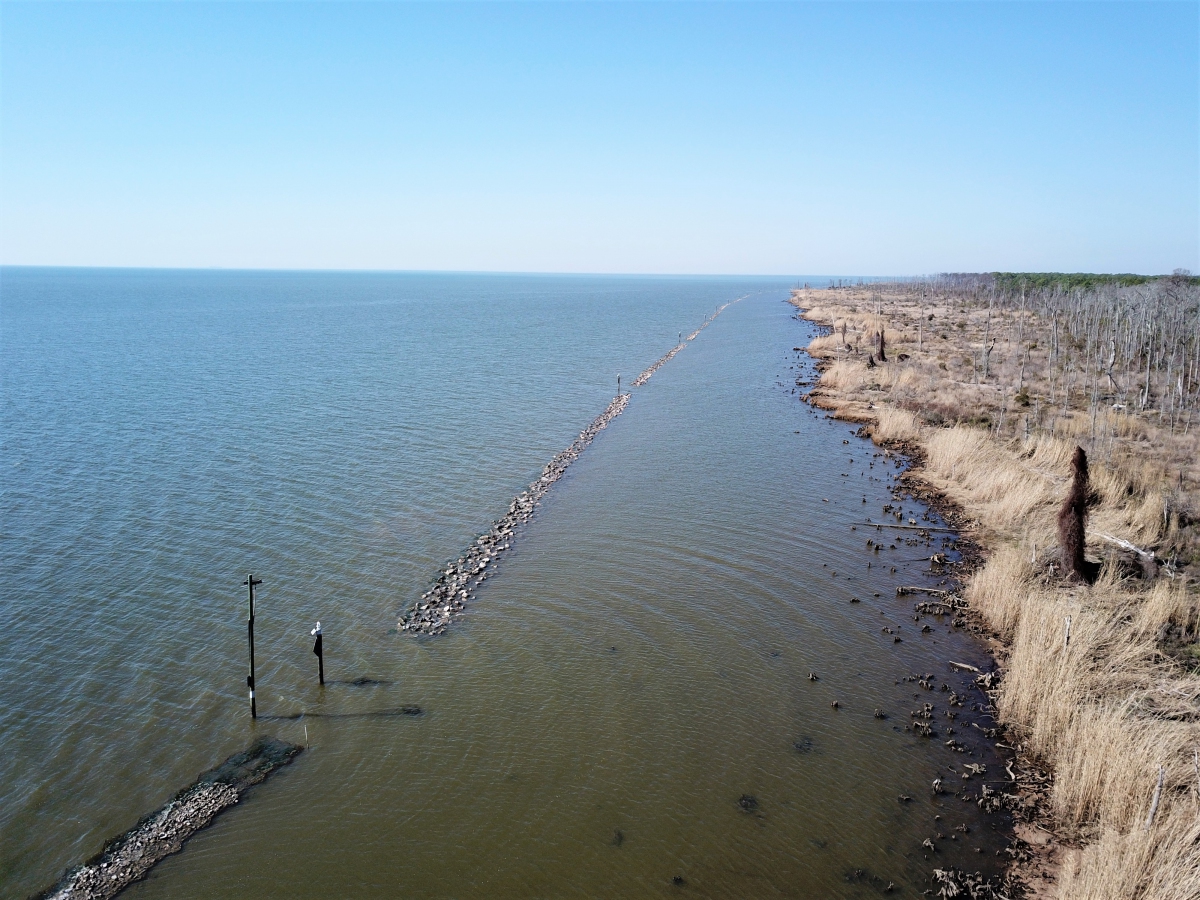DIY wave gauge
Description
Similar to comparable commercial gauges, this low-cost DIY gauge is constructed using commercial plumbing parts, a pressure sensor, a Feather microcontroller and adapted accessories. It uses a pressure sensor to measure water levels indirectly by relating pressure to water depth. It is also possible to extract wave characteristics (e.g., wave height, wave period, wave frequency) from pressure data for wave climate assessment. These gauges are deployed in the water with a waterproof housing necessary for all but the pressure-sensing element of the sensor. A possible citizen science activity may engage local diving centres.
Monitored Parameters:
Hazards:
✓ Relevant to WP3 models ✓ Relevant to the EWSS
€500.00
Minimum Quantity : 1
| Accuracy (error of the measurements) | Unit of measurement | Data Refresh Time (mins) | Wi-Fi Connection | 4G Connection | External Power Supply | Documentation |
|---|---|---|---|---|---|---|
| 14.3 % FS | Pa | 5 | False | False | False | See available docs for DIY wave gauge |
| Reference Partners | Project Name | Project Year | Reference Paper | Minimum Purchase | Spatial Density |
|---|---|---|---|---|---|
| UCD | Low-Cost Pressure Gauges for Measuring Water Waves | 2020 | Reference paper | 1 | 1 |
| Purchase operations complexity | Assembly/Calibration Operations Complexity | Deployment operation Complexity | Deployment Cost | Data Analysis Operations Complexity |
|---|---|---|---|---|

| 
| 
| 
| 
|
| Citizen Science Activities Complexity | Assembly Public Involvement | Deployment Public Involvement | Data analysis Public Involvement | Target Users |
|---|---|---|---|---|
| Difficult | Limited - The high number of components and of the type of assembly (e.g., soldering). require advanced technical skills. Vocational (technical and vocational) schools and hobby clubs can be potentially involved in the assemblying phase. | Limited - the wave gauges needs to be installed on a depth of 8-10m offshore - Scuba diving centers, fisherman associations could be potentially involved in the installation phase. | Limited - Advanced coding experience are required to access and manipulate data. Possible to create dashboards from 'raw' data which the public can interact with and use in dissemination activities. | local groups; local authorities |



